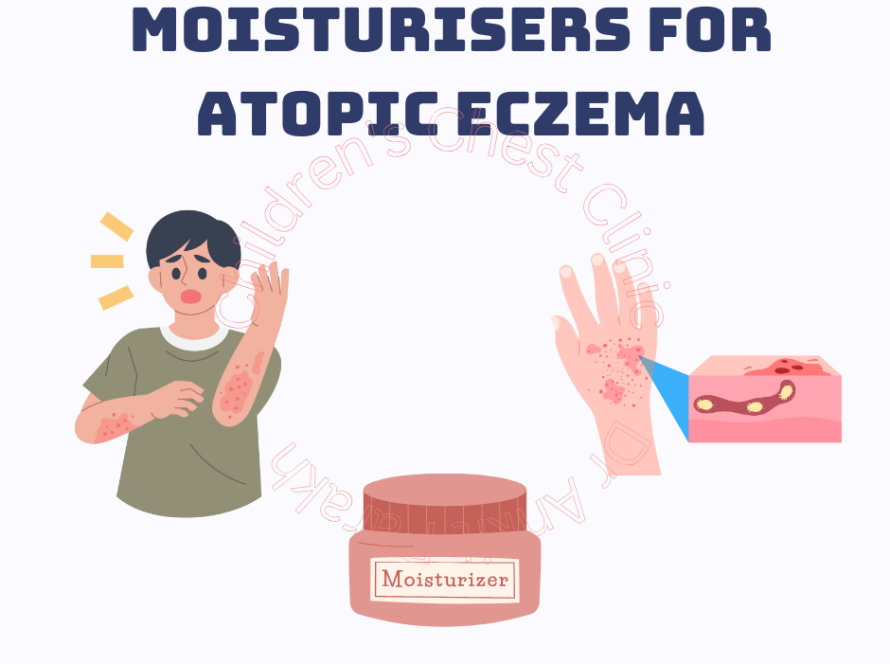Jet nebulizers and metered dose inhalers (MDI) are devices which are used to deliver medicines directly into the lungs. They are commonly used for conditions such as asthma and wheezing problems but might also be used for conditions such as cystic fibrosis and other suppurative lung diseases. Both devices are effective, though there are advantages and disadvantages to each of them which needs to be well understood.
Jet Nebulizers
Jet nebulizers contain a chamber where the drug needs to be added each time it is to be used. With compressed air or oxygen the jet nebulizer creates a cloud of mist of the medicine that the patient breathes through a face mask or a mouth piece. It takes approximately 10-15 min to complete the process each time. A variety of medicines can be used through a jet nebulizer.

Advantages
Nebulizers are easy to use and do not require any specific technique to be administered. A variety of medicines can be administered through nebulizers.
Limitations
The most important limitation of jet nebulizer is that only 1% of medicine reaches the lungs. In addition the time taken for nebulization is quite long. They are large in size, difficult to carry and require electricity to run.
Metered Dose Inhalers
A metered dose inhaler is a small handheld portable device that delivers medication. A metered dose inhaler is made up of a metal canister, plastic actuator, and a metering valve. The canister contains the medicine in solution with the propellant. The metered dose inhaler is attached to a plastic, hand-operated actuator. On pressing the canister the metered-dose inhaler releases a predefined fixed dose of the medicine in aerosol form through the actuator and into the child’s lungs.
Advantages
Inhalers are small, portable and easy to carry. The delivery of the medicine is very consistent in the amount of medicine it releases. Inhalers usually contain 200 or 120 doses in one canister. They are significantly cheaper compared to nebulizers.
Limitations
Inhalers are often used incorrectly as they require a specific technique to administer the medicine effectively. Incorrect use of inhalers leads to a deposition of the medicine at the back of the throat with minimal amount of medicine reaching the lungs.
As most children are not able to use inhalers correctly inhalers should always be used with spacers. Inhalers when used with spacers do not require the specific technique and makes it easier for children to take the medicines with inhalers. Spacers also improve the amount of medicine reaching the lungs (approximately 15-20 %).
If your child is having wheezing, asthma or any other condition requiring any of the above consult a pediatric pulmonologist to help understand the most appropriate device for your child’s condition. Self-use of medicines and these devices is not recommended.






